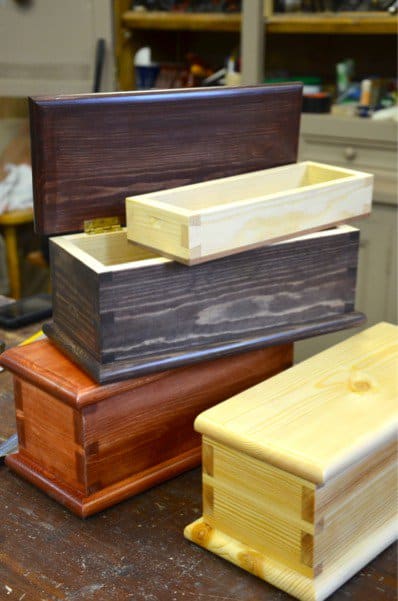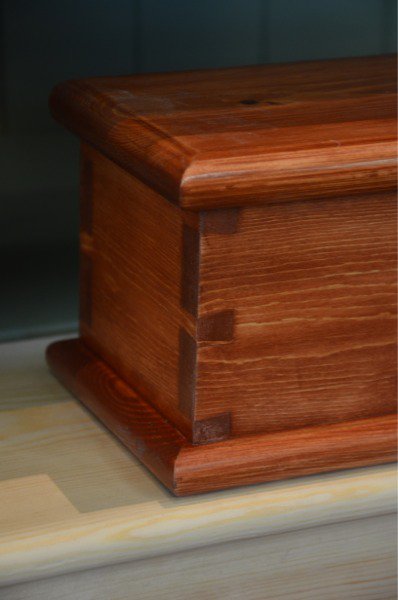Milk Paint is Diversely Different


Here are things you should know about milk paint
Milk paint can be a one-shot solid colour in one coat and one that’s dry in minutes usually, rather than an hour or two. Adding more coats gives thickness without colour change and if you want to sand to a finish of full colour, just add another coat or two and then sand to a smooth finish. If you prefer, you can use scourer pad or 000- 0000-steel wool.
Milk paint thickness depends on the ratio of powder to water you mix. Generally, though not always, milk paint is mixed in equal volumetric proportions of powder and water. Sometimes I don’t want a thick coat to sand but I like the colours I can custom mix to suit my fancy or match a colour for renovation needs. I like the milk paint for mixing exact colour to match something old. With the colour range of half a dozen colours I can make a colour to match almost anything. I have a dozen unfinished boxes that need completing so I can sell them. Here are three I finished and I have two more on the way. Tomorrow I am finishing one the same as I did my stool and will post when done. The boxes shown here are mixed with thin volumes of paint to water. Probably two parts water to 1 part powder. I paint it on and wipe it off within a few seconds so I get a translucency that allows the grain texture and substrate to be identified if that’s what I want. Anyway, the purply one is red base coat still damp followed by black and quickly wiped off. The red is the thinned milk paint brushed on with a foam brush, let dry for an hour and then sanded smooth. I applied two brushed coats of shellac, 0000 steel wool for buffout and National trust soft wax furniture polish applied with 0000 steel wool and then polished out with a Kiwi horsehair shoeshine brush. The clear one is a shellac only finish

